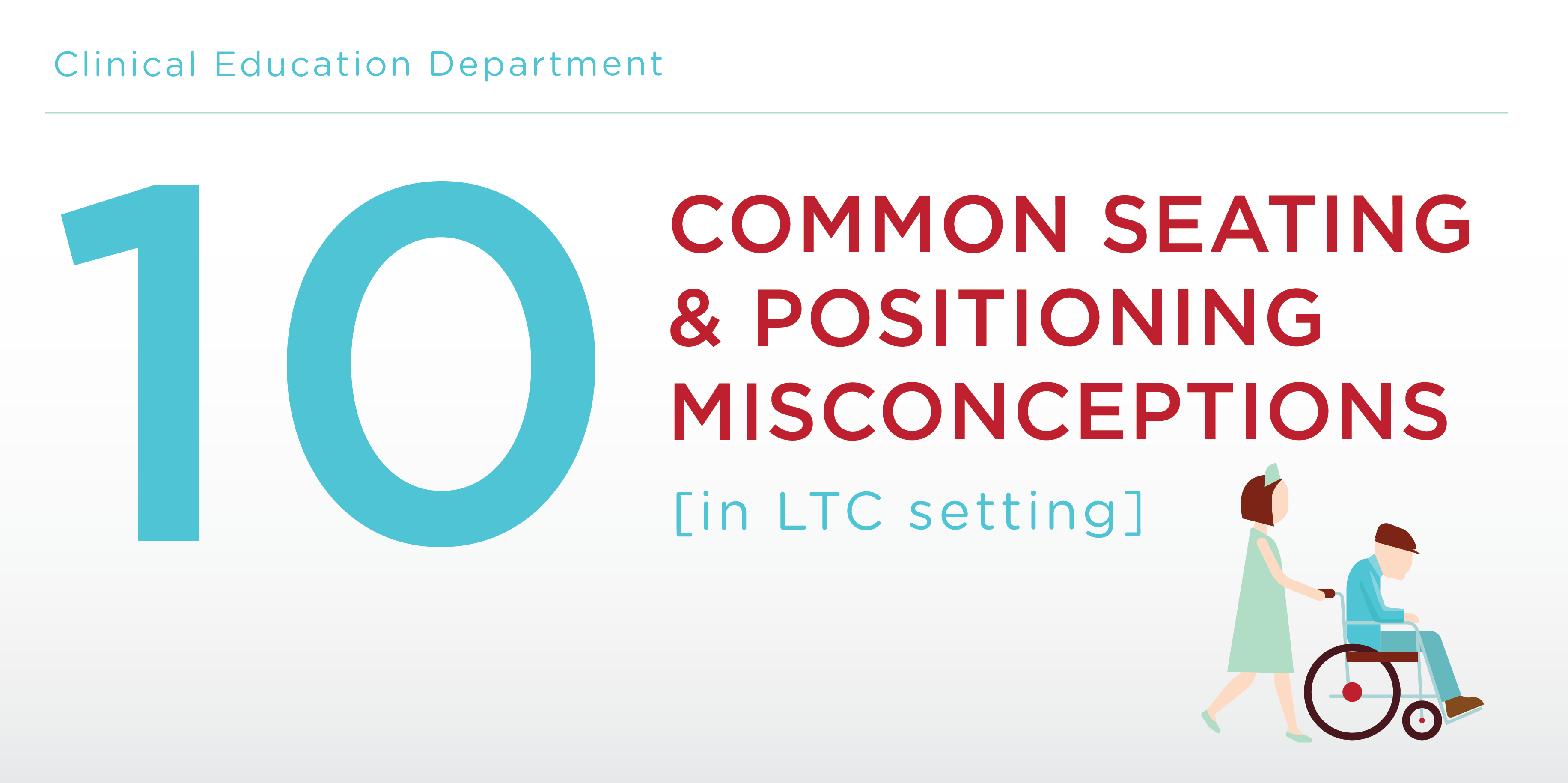Working in long term care (LTC) can be difficult because we as LTC therapists are expected to be specialists in just about everything we can specialize in. The nursing staff and administrators don’t realize that in the field of therapy there are multiple specialties that require extensive continuing education to be “certified”. Although many of us don’t have credentials behind our name, we all know EXPERIENCE is one of the best specialty areas out there!
As therapists, we not only are responsible for providing amazing products to prevent and treat wounds but sometimes it is necessary to look at the resident’s ADL routine. Maybe we need to tweak the hygiene practices going on by the resident or caregivers to ensure we are not promoting the microclimate that we are trying so desperately to avoid!
Here is a small list of the hats I was expected to wear on a daily basis:
-
NDT certified therapist
-
Lymphedema certified therapist
-
and positioning specialist
-
Hand therapist
-
Urinary incontinence specialist
-
Vestibular rehabilitation specialist
-
Outpatient therapist specialized in orthopedic injuries
Sound familiar? But truth be told, not many therapists are specialized in all those areas if any. We simply do not have the time or money to become specialists in ALL areas of therapy!
Wheelchair Seating and Positioning in LTC is drastically different–for multiple reasons–than in a seating clinic, which can be very frustrating for a therapist. Some of the main reasons include:
- Difficulty getting approval for expensive yet much needed equipment
- Working with inexpensive wheelchairs with little to no adjustability to accommodate varying body types and that are NOT meant for long term sitting….K0001 and K0002 chairs!
- Demand to use worn out, outdated, inexpensive equipment vs. quality products
- Decreased communication and understanding among departments on resident’s needs when it comes to proper wheelchair positioning
- Multiple caregivers “messing” with the equipment we have worked so hard to obtain and fit for the resident
- Residents with multiple co-morbidities and cognition issues that makes feedback difficult
- Resistive family and/or residents when it comes to trying something new
- LACK OF TIME in LTC setting for proper wheelchair positioning evaluations and treatments
Whether or not we are an ATP or a Wheelchair seating and Mobility Specialist (SMS), we are doing the best we can in the demanding LTC world. Some common misconceptions about seating and positioning can stand in our way, and I want to give us the confidence of working within the parameters of the SNF or ALF.
Consider how these following misconceptions in LTC can be a barrier to successful positioning of our residents:
1. K0001 and K0002 chairs are the economical choice in LTC
2. 90/90/90 is what to aim for with every resident
4. All abnormal postures must be corrected
5. All we have to do is get a new cushion when there is a seating issue
6. Elevating leg rests (ELRs) reduce edema
7. Elevating leg rests (ELRs) are the better option when purchasing a chair
8. Pressure alone causes wounds
9. We cannot discharge a resident from therapy until the seating system is perfect
10. Equipment trial programs are impossible in LTC
In the upcoming weeks, I will talk in depth about each misconception and give pointers on becoming a better seating and positioning therapist!

Ana Endsjo, MOTR/L, CLT
Clinical Education Manager LTC Division
Ana Endsjo has worked as an occupational therapist since 2001 in a variety of treatment settings. She has mainly worked with the geriatric population, dedicated to the betterment of the treatment of the elderly in LTC centers. Her focus has been on seating and positioning and contracture management of the nursing home resident. With this experience, her hope is to guide other therapists, rehab directors, nurses, and administrators through educational guides, blogs, webinars, and live courses in her role as Clinical Education Manager for the long term care division.

